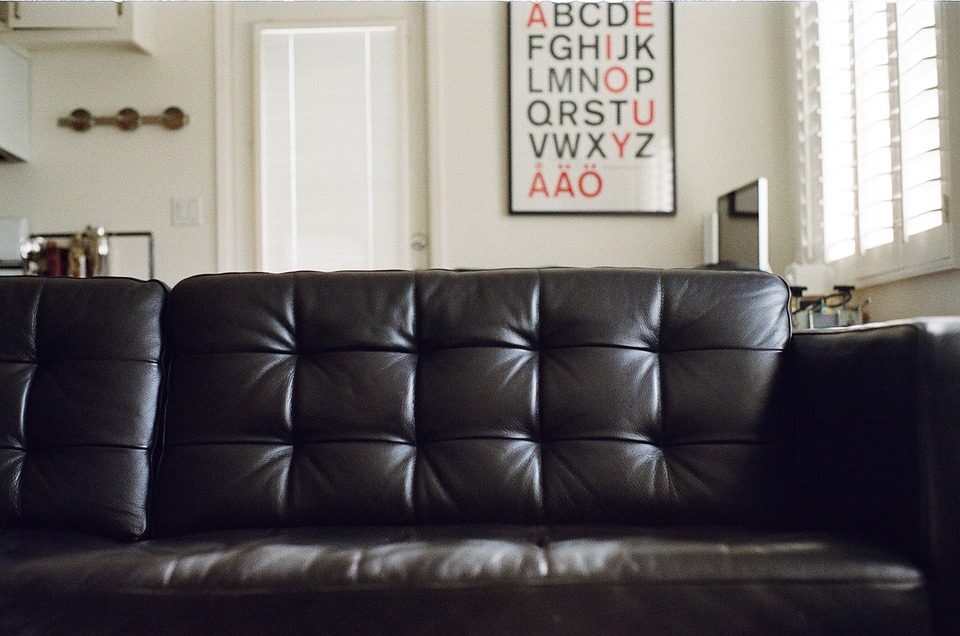There is nothing you can do: Car leather interiors have a unique charm. But, leather upholstery suffers particularly from rivets of trousers, studs and zippers, not to mention rubbing and dirt. Thus, after years of use, leather can be ruined and it can lose its original color. Apparently, the solution is only one: Changing it. There are, however, two important contraindications in this case: The cost of this process and the value of the car. That is because changing the interiors of a car, especially in the case of vintage models, could affect the value of the car. For this reason, you can always choose another solution: Repair. There are indeed capable craftsmen who can repair even the – apparently – most desperate situations using, of course, the best leather chemistry.
First of all, it is essential to clean the leather in order to see all the possible damages and the natural color. Then comes the actual repair, carried out with special tools and special products made by the leather processing industry. It happens also that leather interiors of old cars have faded over time. The experts in these cases are able to recreate the right color in order to cover the furrows and create a perfect uniformity.
It takes then a good dose of patience, because once the restoration is finished and leather softeners have been used, it must pass between 24 and 48 hours – depending on the air temperature – to let the color dry. After that the leather is new again, back to the ancient splendor.




